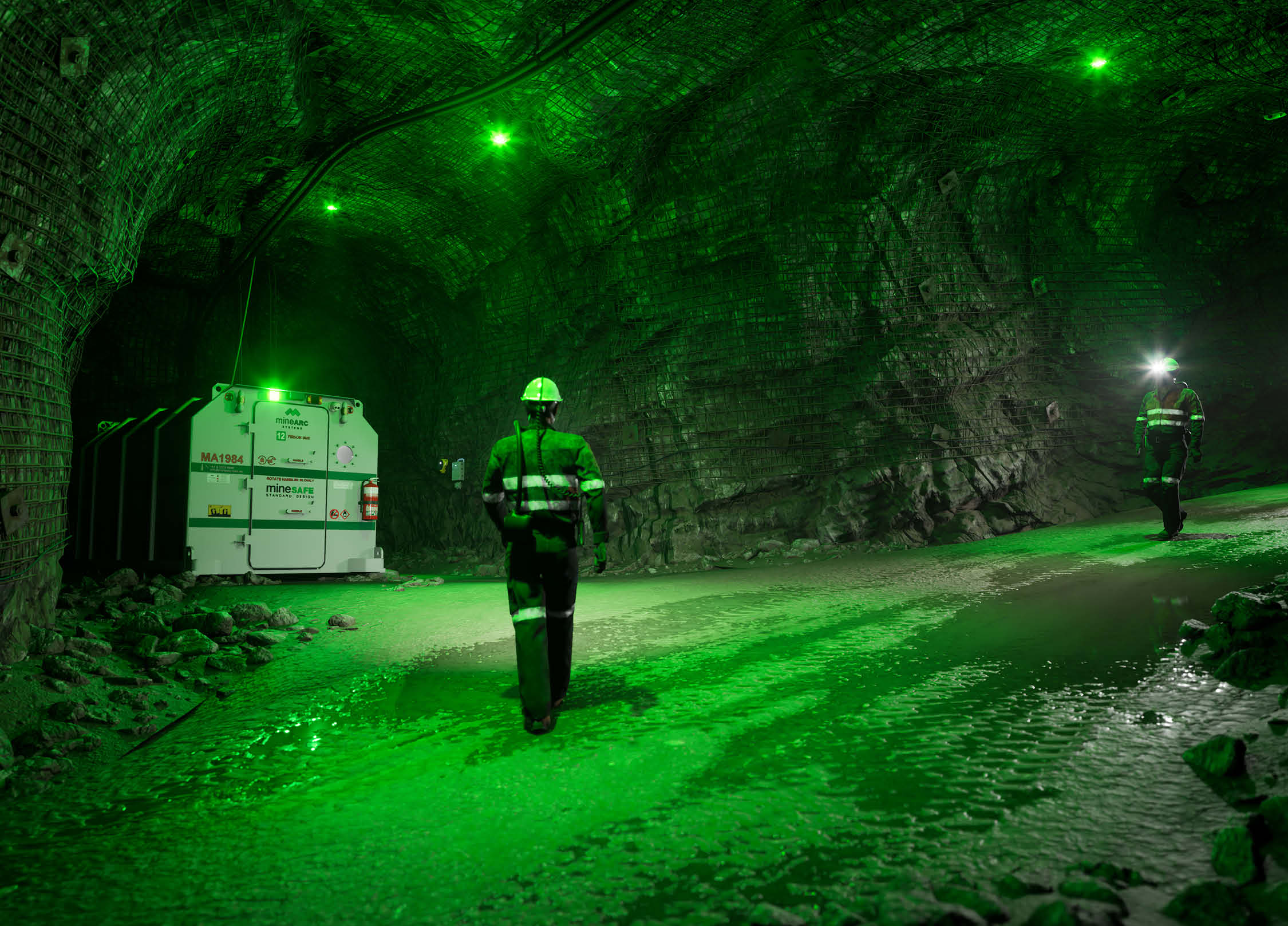Once again, the tragic news of another fatal mining incident rocks the South African mining community. It is saddening to see these incidents continue to occur despite industry and public awareness of the hazardous nature of the mining industry increasing over recent years.
Speculation on whether or not the most recent incident could have been avoided should not occur. It will be identified as the Department of Mineral Resources (DMR) completes its investigation. However, these events highlight the need for a comprehensive overhaul of mining safety guidelines and their enforcement.
The Current State of Legislation in Africa
The DMR’s Mine Health and Safety Inspectorate’s mandate has been “to strive towards a safe and healthy mining industry… To be achieved by reducing mining-related deaths, injuries and ill-health through the formulation of national policy and legislation, the provision of advice, and the application of systems that monitor and enforce compliance with the law in the mining sector”1.
“To this end, they have shown a serious lack of leadership and have left mining companies to interpret the guidelines largely on their own.” Says Mike Lincoln – General Manager for MineARC Systems South Africa. “This has been demonstrated very clearly through their complete lack of action after two consecutive serious incidents one year apart at Harmony gold mine, one of which that caused nine miners to lose their lives.”
“Of course, there are some shining examples of mining companies that have taken responsibility to deliver their workers safe and well structured Emergency Response Plans (ERP) and infrastructure to support them in case of an incident. Producers such as Phalaborwa Copper, Anglo America’s New Denmark & Greenside mines, Debeers Venetia mine, Anglo Platinum Twickenham mine, African Rainbow minerals Two Rivers Platinum mine and Sibanye Kloof 10 Shaft mine recognise the importance and value placed on human life by far outweighs any financial argument for cost-cutting on ERP and equipment.”
A comprehensive Emergency Response Plan demands a minimum requirement of self-contained self-rescuers (SCSR) as its starting point for the immediate avoidance of risk. This is just the beginning; after that requirement is met, a satisfactory plan should always be drawn up based on worst-case scenarios with sufficient contingency to allow for apparatus failure, low visibility and workers performing under very stressful conditions.
If SCSR equipment is used as part of the ERP, then the minimum distance travelled on foot before the SCSR is depleted needs to be measured out and then preferably halved to reduce risk further. At that distance, adequate refuge should be provided. This needs to be repeated along the entire length of the mine where workers are present.
Making Changes for the Safety of Miners in Africa
Many countries have adopted the 2013 WA DMP Guidelines as the benchmark for safety standards in underground mining. These guidelines state:
“If it is assumed that workers are equipped with SCSRs of nominal 30-minutes duration, then no-one should be expected to walk more than 750m to reach the nearest refuge.
This would involve consultation with equivalent international bodies to identify international best practice and effective ways of education and enforcement of guidelines.”
“Of course, this is just the tip of the iceberg explains Lincoln, “Other factors to consider are visibility and the state of the refuge upon arrival” 2
There needs to be a minimum requirement for the provision of refuge in an underground environment that stipulates high visibility paint and reflective stickering, green strobing alert lights and sirens to assist personnel in finding the refuge chamber.
“The supply of refuge needs a lot more definition than in the current DMR guidelines as well”, states Lincoln, “In the 2014 Harmony gold mine disaster, the workers had to evacuate the refuge supplied by the mine as it had no safety systems to provide clean, breathable air. With the influx of smoke through the mine air, the refuge became more hazardous than trying their luck unprotected.”
Any refuge provided should ideally be required to have an alternative secondary source of breathable air as well as a system for scrubbing the respired carbon dioxide out of the air. On top of this, the miners should be supplied with gas detection equipment to verify the refuge’s relative safety.
“Looking at mine safety in South Africa now compared to 20 years ago, there is no denying there have been several major improvements”, says Lincoln, “but now is definitely not the time to rest on their laurels. Other African nations surpass South Africa in their progressive approach to mine safety and worker safety in general. Compared to other mining nations in Africa, South Africa is definitely falling behind the standard these days”.






